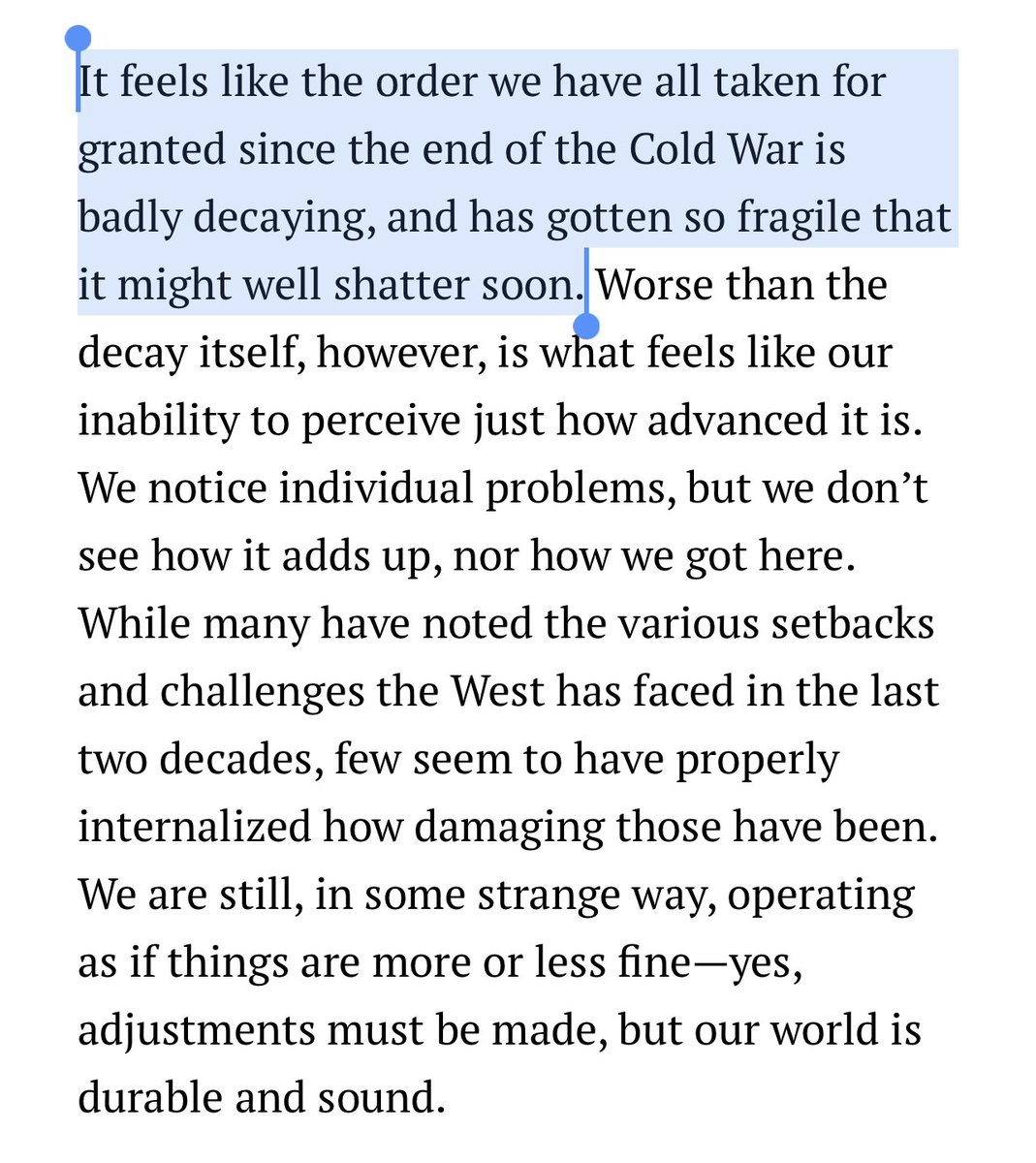
Agree, though this one is bipartisan.
During the Cold War the anti-communists wanted to know what the USSR was up to, and took them seriously.
Today, however, the anti-communists have an ideology of cope. They know nothing about China other than that it will magically fail.
During the Cold War the anti-communists wanted to know what the USSR was up to, and took them seriously.
Today, however, the anti-communists have an ideology of cope. They know nothing about China other than that it will magically fail.
https://twitter.com/justindross/status/1465712887058649092
Btw, here we are defining “bipartisan” as pro-communist and anti-communist, with Sulzberger’s inheritance very much on the pro-communist side of the aisle. 







There are dozens of graphs like this which just aren’t part of people’s mental models.
https://twitter.com/balajis/status/1455870589244088326
You generally don’t win against a determined competitor through contemptuous self-assurance.
A longer thread on why many predictions of China’s failure are cope.
Of course there’s always the possibility of a black swan, a sudden heart attack or something, but that’s not a plan.
A longer thread on why many predictions of China’s failure are cope.
Of course there’s always the possibility of a black swan, a sudden heart attack or something, but that’s not a plan.
https://twitter.com/balajis/status/1448802461360148480
• • •
Missing some Tweet in this thread? You can try to
force a refresh








